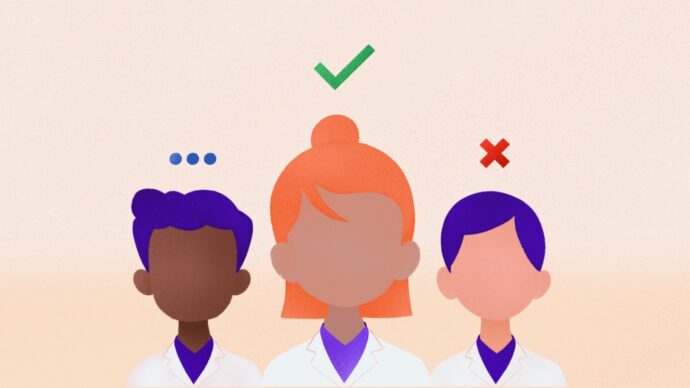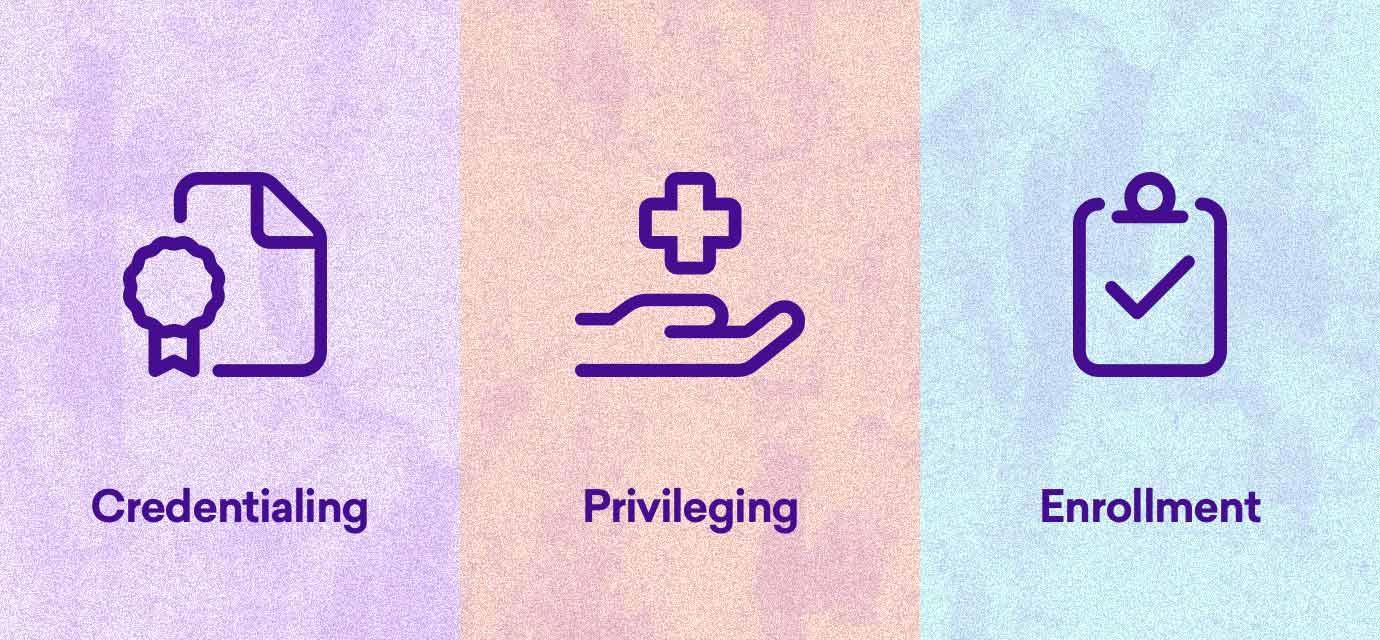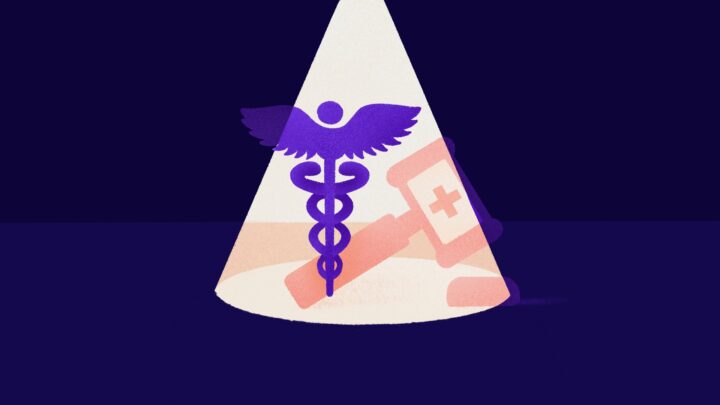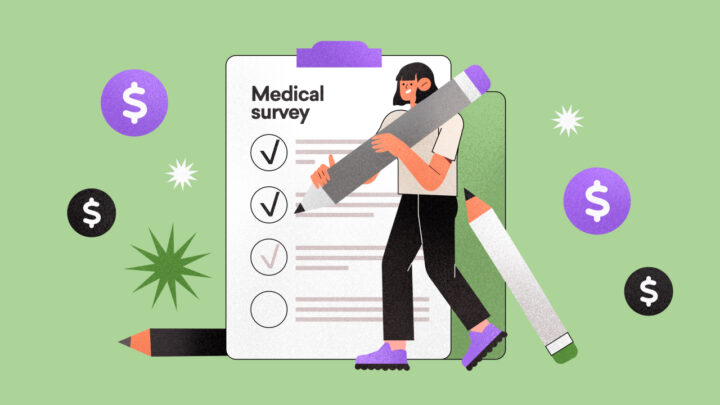
Credentialing in the medical profession is a key requirement for working within such a high-stakes industry. Medical credentialing gives patients the reassurance they need to know that they are dealing with a healthcare practitioner who’s certified, licensed, and equipped with the latest knowledge. From the standpoint of a healthcare professional, there are numerous benefits to undergoing the healthcare credentialing process. In fact, 90% of recent survey participants stated that all physicians should undergo the healthcare credentialing process.
But what is credentialing in healthcare and what are the challenges associated with it?
What is healthcare credentialing?
Physician credentialing is not a modern invention. The concept dates back to 1000 BC and the Zoroaster, a religious group in Ancient Persia. Outlined within a law book called The Vendidad, medical practitioners of the time needed to treat three heretics. If all three patients lived, the practitioner was legally permitted to practice medicine. If all three patients died, they would be banned from the medical profession for life. But what does credentialing mean in the modern era?
Although credentialing has evolved since ancient times, its importance remains the same. It falls on the National Practitioner Data Bank to gather and review medical data on each person seeking medical credentials. Some of the aspects they examine include:
- Training
- Education
- Residency
- Licenses
- Qualifications
- Work history
- Certificates
Any healthcare professional opening a new practice, switching specialties or changing states must go through this process each time, regardless of how long they have been working as a qualified healthcare professional.
So what is credentialing and what do you need to do to complete the process? The answer is not always straightforward for newer physicians. To put it simply, credentialing is a method of verifying that healthcare professionals are certified. It confirms that they have gone through formal training and are qualified to treat patients. The process requires extensive paperwork and multiple steps. It takes anywhere from 90-150 days. Any delays could impact a healthcare practitioner’s ability to legally practice medicine and may impact your ability to reclaim costs via insurance.

Things to know about the credentialing process
Every state has slightly different requirements when it comes to obtaining credentials. So, what do healthcare professionals need to know about embarking on this process?
Who verifies professional information?
For primary credentialing, several organizations are responsible for dealing with this part of the process. With every state running a separate licensing program, each program will be broken down into several stages. Organizations like the National Student Clearinghouse provide information to pass the primary stage of the process.
What is a typical credentialing process?
There are typically three phases of the credentialing process:
- Credentialing – A physician’s qualifications and credentials are verified. This process is also known as primary source verification.
- Privileging – Permissions are given (based on verified credentials) for a physician to perform specific services at an institution.
- Enrollment – A physician can then enroll for payment and bill for their services. This often includes working with insurance companies (see next section).
What happens after the process?
After getting credentialed, a provider enters into a contract with an insurance company. It’s this contract that enables practices to bill and receive reimbursement for the services they provide via their status as an in-network provider. Without the appropriate credentials, it becomes impossible for healthcare professionals to carry out treatment and receive reimbursement via insurance companies.

Recredentialing
Recredentialing, or re-enrollment, happens every so often. Providers and practitioners must repeat the same process to ensure their skills are up to date in the ever-changing medical industry. Your credentials do have an expiry date, which largely depends on the market you operate in.
Everyone who already holds credentials will receive a paper letter when they need to complete the process again. There will be a deadline included. If selected for recredentialing, providers may continue to practice as per usual until the deadline passes. Healthcare professionals should begin the recredentialing process immediately upon receiving this letter to avoid suspension.
The importance of credentialing in healthcare
Unlike the ongoing training healthcare practitioners undergo annually, it can be difficult to see the importance of credentialing in healthcare. Much of the process of credentialing for physicians is a matter of submitting various pieces of paperwork. It can be time-consuming and a distraction from treating patients. Nevertheless, it’s the foundation of modern healthcare.
Someone who has their credentials in order has been verified as a doctor or nurse that has been appropriately trained, certified by an independent body, and has shown themselves to have the experience necessary to provide the highest standard of healthcare. Without strict physician credentialing, there’s no oversight for the healthcare industry and no guarantee of quality or standards.

Why your practice needs medical credentialing
When operating any practice across the U.S., physicians need to discuss the importance of credentialing in healthcare with their colleagues. Without prompt attention, medical credentialing could slow a practice’s operations and hamstring its ability to treat its patients efficiently and effectively. When physicians were asked what the biggest benefit of medical credentialing was, the following answers were provided:
- 26% Quality of providers stays consistent/reputation of the field preserved
- 26% Protect patients’ safety/prevent malpractice
- 17% Patients receive the highest level of care
- 14% Give patients confidence
- 7% Make the hiring process for physicians easier/maintain staffing levels
- 6% Reduce restrictions placed by insurance companies/insurance reimbursement
- 4% Prevent loss of revenue/billing issues
Let’s explore a few of these answers in greater detail.
Reduce medical errors
The safety and security of the industry as a whole is paramount. Medical errors prove fatal for approximately 98,000 Americans every year. It only makes appropriate credentials even more critical for medical professionals. Our survey respondents agreed, with 26% of physicians believing that credentialing protects patients from medical errors and malpractice. The average American is more aware of safety in medicine than ever before, and medical errors could destroy your practice’s reputation and destroy patients’ confidence.
Be professional
The medical industry is defined by professionalism, and part of demonstrating your professional expertise is obtaining the right credentials. Professionalism reassures patients. It demonstrates your experience and your merit. In fact, over a quarter of physicians (26%) state that one of the biggest benefits of medical credentialing is preserving the reputation of the medical field. With modern methods allowing faster credentialing for physicians than ever and patients becoming more discerning, showing your professionalism is a small price to pay.

Give patients confidence
14% of physicians are of the opinion that healthcare credentialing is crucial for establishing trust with patients. And, patients who trust their doctors are more likely to proactively seek care and follow their doctors’ orders. Getting the right credentials means better health outcomes for patients. It also gives other employees more confidence knowing that their employer is committed to maintaining the highest standards.
Maintain staffing levels
New staff members who put off physician credentialing could hurt business and result in understaffing. In fact, 7% of physicians surveyed highlighted maintaining staffing levels as one of the primary benefits of medical credentialing. In many states, it could take up to five months to complete the process. There’s a reason why practices now commonly demand that new hires have already completed the process before applying. If they haven’t, credentialing professionals should put together a medical credentialing package specifically for new hires to streamline the process. This is crucial as open positions put undue stress on the rest of your team and negatively affect the patient experience.

Insurance reimbursement
If you want to get reimbursements from insurance companies, you must be credentialed. This is why 6% of our survey respondents indicated insurance reimbursement is a key benefit of medical credentialing. (An additional 4% noted credentialing aided in the process of revenue loss.) Anyone who provides services must be credentialed according to every insurance company in the country. Without this, a staff member can only treat patients who pay in cash upfront. Take note: the credentialing requirement is not limited to private insurance companies, but also to Medicaid and Medicare.
How to expedite the medical credentialing process
Larger practices may have a team that handles getting new hires credentialed or outsource to a firm dedicated to supporting this process. However, smaller practices may decide to handle the issue themselves. Whether the institution is large or small, there are steps you can take to make the process easier for everyone and get credentialed faster. Follow these tips to expedite and streamline the process.
Start as early as possible
Three to five months is the standard for healthcare professionals who need to obtain credentials. However, any administrative errors could result in the process taking significantly longer. Always assume that it could take four months. The earlier practices can start the process for new hires, the better.
The same goes for recredentialing, although doctors and nurses can continue practicing when they receive a letter for recredentialing. If the deadline passes, it will cause issues for practices.
Take advantage of a healthcare credentialing package
Even for experienced medical practitioners, the process of getting credentialed can be overwhelming. A support package filled with useful information can go a long way to ease much of the burden.
If you’re an administrator or running your own practice, the more information you can provide, the better. Make it simple for practitioners to complete the process.
Some of the information that should come with any package includes but is not limited to:
- Practice and remit address
- National Provider Identifier-2 (NPI-2)
- Taxpayer Identification Number (TIN)
- Phone and fax number
- Completed W-9
- List of potential insurance companies a physician can apply with at an institution
- Instructions on applying for Council on Affordable Quality Healthcare and National Provider Identifier numbers
It’s also wise to take feedback from existing staff or advice from Sermo members on how the introductory package can be improved.
Challenges of the credentialing process
What is the biggest reason why obtaining credentials becomes delayed? 25% of physicians feel like the difference in the process from state to state or country to country is an issue. On the other hand, 20% think the frequency of the process is a challenge. Other challenges include acquiring peer references and a lack of time to complete the process.

I only wish there is a uniform and single process for ALL hospitals. Hence once and done and only update it based on the number of years you are in practice and if changing hospitals or location of practice.

The time interval should increase from 2 to 5 years to be less disruptive to the practice.
Issues also occur when applicants provide incomplete information. Whenever a candidate sends partial or missing information, it leads to a dialogue between the state’s credentialing body and the candidate. These communications are not quick, and it can add weeks to the process.

This is not only frustrating for credentialing candidates themselves, who are often unable to practice, but it can cost practices money. It can also throw staff scheduling into disarray if a staff member has a scheduled start date, and delays compromise that. To get around this problem, some practices decide to purchase physician credentialing software such as Modio Health and MedTrainer. By archiving information, providers only need to submit information a single time.
However, handling credentialing also leads to the challenge of dealing with incomplete information. The provider remains responsible for this and they also need to keep all the necessary information organized. Most of the challenges of handling credentialing for physicians can be resolved through taking proactive action and anticipating problems before they happen.
Conclusion
Although gaining medical credentials may be a frustrating process (91% of physicians believe the current healthcare credentialing process needs to be updated), both healthcare professionals and administrators can streamline the process by taking a proactive approach. After gaining credentials for the first time, it tends to be easier to negotiate the process when coming up for recredentialing.
If you are struggling to handle your state’s system, join Sermo and connect with a member who has applied in your country, state or health system. With more than 1 million active doctors, you have a wealth of knowledge to take advantage of. Sermo is an online community for only verified physicians, so you know you’re getting information from the people who have gone through the same processes. To learn more about medical credentialing, sign up for your Sermo account and join the social network for doctors today.





